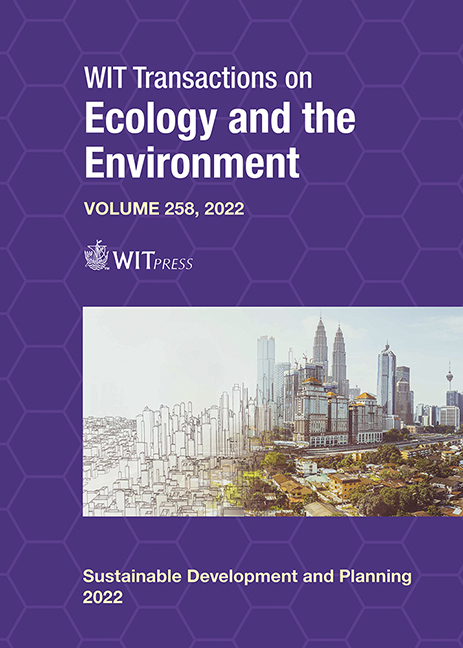POLICY IMPLEMENTATION AND INSTITUTIONAL MECHANISM FOR URBAN GREEN SPACE
Price
Free (open access)
Transaction
Volume
258
Pages
9
Page Range
307 - 315
Published
2022
Paper DOI
10.2495/SDP220261
Copyright
Author(s)
BAYARMAA ENKHBOLD, KENICHI MATSUI
Abstract
Ulaanbaatar City of Mongolia has faced rapid urbanization, especially after adopting a market-oriented economy in 1990. Amid the escalating urban congestion and growing concerns over pollution, the concept of urban green space (UGS) began to gain more attention. In 2014, the national government introduced the Green Development Policy to set aside 30% of the total city residential area as green space by 2030. The Ulaanbaatar City General Development Plan 2020 and Development Trend for 2030 similarly set goals to increase per capita green space to 30 m2. However, meeting these goals met many challenges in the implementation process. This paper examines these challenges by analyzing policy documents and institutional arrangement for UGS. We also conducted personal interviews with specialists at the Ulaanbaatar City government. As a result, we found four main challenges: (1) actions to increase green space were weak; (2) actions plans were not clearly laid out for government officials to follow; (3) where stakeholder coordination was needed, administrators did not have sufficient resources and framework to do so, and (4) promised plans were not financially feasible.
Keywords
urban green space, Ulaanbaatar City, Mongolia, institutional arrangement, policy implementation, general development plan





